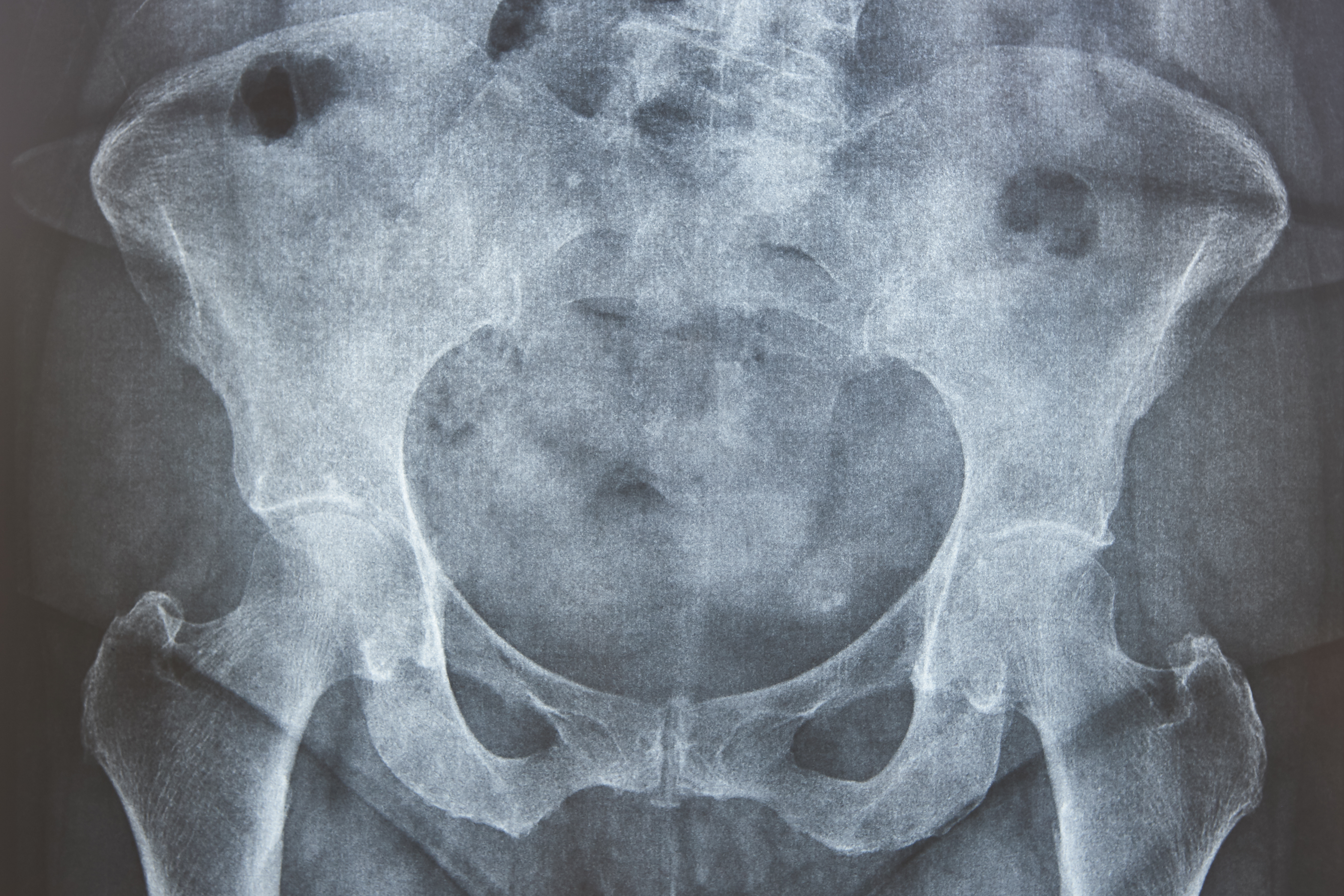The Truth About Osteoporosis: 10 Prevention Tips for Stronger Bones
In the intricate symphony of human physiology, bones play a pivotal role, forming the skeletal fortress that supports our bodies and protects our vital organs. Osteoporosis, a condition characterized by weakened bones, poses a significant threat to this fortress, increasing the risk of fractures and compromising quality of life. As we traverse through different stages of life, maintaining robust bone health becomes paramount. This article unfolds 10 brilliant osteoporosis prevention tips, each designed to fortify your bones and ensure unyielding strength. From dietary choices to lifestyle modifications, these strategies aim to empower you with knowledge and tools to safeguard your skeletal health. Understanding the science behind bone density and the factors that influence it sets the stage for a comprehensive exploration into osteoporosis prevention. By equipping yourself with this knowledge, you can proactively manage your bone health, ensuring resilience and vitality at every age.
1. Understanding Osteoporosis - A Silent Thief

Osteoporosis often goes unnoticed until a fracture occurs, earning it the moniker "the silent thief." This condition gradually erodes bone density, making bones porous and fragile. Understanding the mechanisms behind osteoporosis is crucial for prevention. Bone is a living tissue, constantly being broken down and rebuilt. Osteoporosis occurs when the creation of new bone doesn't keep up with the removal of old bone. Factors such as age, gender, genetics, and lifestyle choices play significant roles in bone density. Women, particularly post-menopausal women, are at higher risk due to hormonal changes that affect bone resorption. Men, too, are susceptible, though typically at a later age. Awareness of these factors is the first step in combating osteoporosis. By recognizing the quiet progression of this disease, individuals can take proactive measures to protect their bone health, ensuring their skeletal fortress remains strong throughout life.
2. The Role of Calcium and Vitamin D

Calcium and Vitamin D are fundamental to bone health, acting as the building blocks of a robust skeletal system. Calcium is essential for maintaining bone mass, while Vitamin D enhances calcium absorption in the gut. A deficiency in either nutrient can lead to decreased bone density and increased fracture risk. The recommended daily intake of calcium varies by age and gender, with higher needs in adolescence and later life. Dairy products, leafy greens, and fortified foods are excellent sources of calcium. Vitamin D can be synthesized by the skin in response to sunlight, but factors such as geographic location, skin pigmentation, and sunscreen use can limit production. Therefore, dietary sources like fatty fish, egg yolks, and fortified foods, or supplements, may be necessary. Ensuring adequate intake of these nutrients is a cornerstone in osteoporosis prevention, supporting the continuous renewal and strength of bones.
3. The Impact of Physical Activity

Regular physical activity is a powerful ally in the fight against osteoporosis. Weight-bearing and resistance exercises stimulate bone formation and improve bone density. Activities such as walking, jogging, dancing, and strength training apply stress to bones, prompting them to adapt and become stronger. Exercise also enhances balance and coordination, reducing the risk of falls and fractures. For optimal bone health, a combination of aerobic, strength, and flexibility exercises is recommended. Engaging in physical activity from a young age can maximize peak bone mass, while maintaining an active lifestyle in later years helps preserve bone strength. It's important to tailor exercise routines to individual capabilities and health conditions, ensuring safe and effective workouts. By integrating regular physical activity into daily life, individuals can significantly bolster their skeletal fortress, enhancing bone resilience and overall well-being.
4. Nutritional Strategies Beyond Calcium and Vitamin D

While calcium and Vitamin D are pivotal, a holistic approach to nutrition is essential for comprehensive bone health. Other nutrients, such as magnesium, potassium, and Vitamin K, play supportive roles in maintaining bone density. Magnesium aids in calcium absorption and is found in nuts, seeds, and whole grains. Potassium, present in fruits and vegetables, helps neutralize bone-depleting acids in the body. Vitamin K, found in leafy greens, is involved in bone metabolism and the regulation of calcium. Additionally, protein is crucial for bone structure, but balance is key, as excessive protein can lead to calcium loss. A diet rich in fruits, vegetables, lean proteins, and whole grains provides a spectrum of nutrients that work synergistically to support bone health. By adopting a varied and balanced diet, individuals can ensure their bones receive the nourishment needed to remain strong and resilient.
5. The Influence of Lifestyle Choices

Lifestyle choices significantly impact bone health, with smoking and excessive alcohol consumption being detrimental to bone density. Smoking interferes with calcium absorption and reduces bone-forming cells, leading to increased fracture risk. Alcohol, when consumed in excess, can inhibit bone remodeling and disrupt hormone balance, further weakening bones. Conversely, maintaining a healthy weight is beneficial for bone health, as being underweight increases fracture risk. Stress management is also crucial, as chronic stress can lead to hormonal imbalances that affect bone health. Adopting a lifestyle that prioritizes moderation and balance can protect against osteoporosis. By making informed choices, such as quitting smoking, limiting alcohol intake, and managing stress, individuals can enhance their bone health and maintain a strong skeletal foundation throughout life.
6. Hormonal Health and Bone Strength

Hormones play a critical role in bone health, with estrogen and testosterone being key regulators of bone density. In women, estrogen levels drop significantly during menopause, accelerating bone loss. Hormone replacement therapy (HRT) can be considered to mitigate this loss, but it must be weighed against potential risks and discussed with a healthcare provider. In men, low testosterone levels can also contribute to bone weakening. Adequate nutrition, regular exercise, and lifestyle modifications can help maintain hormonal balance and support bone health. Additionally, conditions such as thyroid disorders and diabetes can impact bone density, necessitating careful management. By understanding the hormonal influences on bone health, individuals can take proactive steps to ensure their skeletal fortress remains strong and resilient.
7. The Role of Bone Density Testing

Bone density testing is a valuable tool in assessing bone health and identifying individuals at risk for osteoporosis. Dual-energy X-ray absorptiometry (DEXA) scans measure bone mineral density (BMD) and provide a snapshot of bone strength. These tests are particularly recommended for postmenopausal women, men over 70, and individuals with risk factors for osteoporosis. Early detection through bone density testing allows for timely interventions, such as lifestyle modifications, dietary changes, and medication, to prevent further bone loss. Understanding the results of a bone density test can empower individuals to take charge of their bone health, implementing strategies to strengthen their skeletal fortress and reduce fracture risk.
8. Medications and Supplements for Bone Health

In some cases, medications and supplements may be necessary to support bone health and prevent osteoporosis. Bisphosphonates, selective estrogen receptor modulators (SERMs), and parathyroid hormone analogs are commonly prescribed to increase bone density and reduce fracture risk. Calcium and Vitamin D supplements can also be beneficial, particularly for individuals with dietary restrictions or absorption issues. However, it's important to approach supplementation with caution, as excessive intake can lead to adverse effects. Consulting with a healthcare provider is essential to determine the appropriate medication or supplement regimen based on individual needs and risk factors. By integrating medical interventions with lifestyle changes, individuals can effectively fortify their skeletal fortress and maintain bone strength throughout life.
9. The Importance of Fall Prevention

Preventing falls is a crucial aspect of osteoporosis management, as fractures often result from falls. Creating a safe home environment is essential, with measures such as removing tripping hazards, installing grab bars, and ensuring adequate lighting. Balance and strength training exercises can improve stability and reduce fall risk. Additionally, regular vision and hearing check-ups are important, as sensory impairments can contribute to falls. Wearing appropriate footwear and using assistive devices when necessary can also enhance safety. By prioritizing fall prevention, individuals can protect their bones and maintain independence, ensuring their skeletal fortress remains unyielding.
10. Tailoring Prevention Strategies Across Life Stages

Osteoporosis prevention strategies should be tailored to different life stages, recognizing the unique needs and challenges of each phase. In childhood and adolescence, building peak bone mass through nutrition and physical activity is crucial. Young adults should focus on maintaining bone density and adopting healthy lifestyle habits. For women, the transition through menopause requires special attention to hormonal changes and bone health. Older adults should prioritize fall prevention and bone density monitoring. By adapting prevention strategies to each chapter of life, individuals can effectively support their bone health and ensure a strong skeletal foundation throughout their lifespan.
A Lifelong Commitment to Bone Health

Empowering your skeletal fortress is a lifelong commitment, requiring a proactive approach to osteoporosis prevention. By integrating the 10 tips outlined in this article, individuals can take charge of their bone health, ensuring unyielding strength and resilience. From understanding the science of bone density to making informed lifestyle choices, each strategy plays a vital role in fortifying bones and reducing fracture risk. As you journey through life, let these insights guide you in nurturing your skeletal fortress, embracing a future of vitality and well-being. Remember, the strength of your bones is in your hands, and with knowledge and action, you can build a foundation that stands the test of time.
